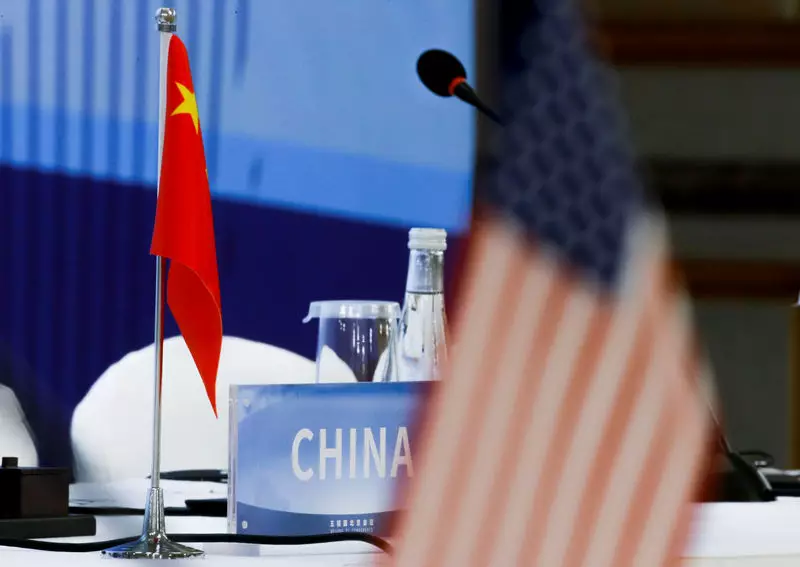The significance of the upcoming US election extends beyond American borders, with profound implications for emerging markets (EMs) worldwide. Recent analyses by Bank of America (BofA) delve into several dynamics surrounding this scenario, highlighting potential trade tensions and currency fluctuations that may arise from the electoral outcome. Investors are keenly observing these developments as they shape their strategies in anticipation of shifts in the global economic landscape.
One of the standout concerns is the possibility of a rekindled trade dispute between the United States and China, particularly if former President Donald Trump regains power. BofA strategists, David Hauner and Claudio Piron, articulate that any immediate manifestation of a trade conflict could trigger significant outflows from EM funds. They emphasize that many investors remain under-prepared for such a scenario, exhibiting a lack of conviction that could exacerbate market volatility. In their assessments, these investors showed a penchant for conservative strategies, focusing on tactical moves like capitalizing on US dollar rallies while buying on dips in EM currencies. This cautious approach may highlight an underlying vulnerability within the investor community regarding the stability of emerging economies.
Particularly distressing for those invested in EMs, the ramifications of a trade conflict could severely impact foreign exchange rates, especially in regions like Europe and North Asia. Here, the fiscal leeway available to governments is restrictive, complicating any potential economic stimulus measures. BofA’s insights indicate that nations such as Brazil, characterized by economic fragility, may find themselves under increasing pressure amidst a strengthening dollar coupled with rising interest rates. This juxtaposition could produce an unfavorable environment for both local currencies and external debt obligations, further undermining investor confidence across the board.
Nevertheless, BofA’s report does not paint a completely bleak picture. It highlights that sectors within emerging markets boasting robust fiscal and inflation credibility could later seize opportunities as growth challenges begin to overshadow currency pressures. The strategic recommendations include identifying and capitalizing on rate cuts in certain markets, which may prove advantageous in this time of uncertainty. This nuanced perspective allows investors to strike a balance between caution and opportunism, focusing on sustainability and long-term growth.
In the context of Asia, the response of Chinese policymakers will be pivotal. The BofA analysts predict that China will prioritize currency stability, with particular attention given to the USD/CNH exchange rate breaching the 7.30 mark. Still, there lies an inherent tension between these stabilizing efforts and the potential for downside pressure on equity growth unless accompanied by strong fiscal measures. For other Asian nations facing the specter of US tariffs, the implications could be twofold: reduced trade volumes and heightened inflation from increased tariff costs.
Ironically, the proposed trade measures could instigate disinflationary trends across Asia, as a shift in Chinese exports towards other emerging markets comes into play. This complicated dynamic creates a ripple effect, leading to monetary policies that may push central banks in countries like Korea, Indonesia, and Thailand to navigate challenging waters, balancing the dual pressures of currency stability and competitiveness. The potential for weaker North-East Asian currencies, including the yuan and won, against their South-East Asian counterparts underscores the regional divergence that could emerge from protectionist policies.
The ramifications of the US election results on emerging markets are multi-layered and complex. The specter of renewed trade tensions necessitates a cautious yet strategic approach for investors, with emphasis placed on identifying areas of resilience amidst economic uncertainties. As the global economic climate continues to unfold, understanding these dynamics will prove crucial for making informed investment decisions in a potentially turbulent landscape. The path forward demands vigilance, adaptability, and the capacity to navigate through both opportunities and challenges presented by a rapidly evolving economic environment.

